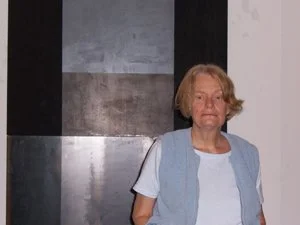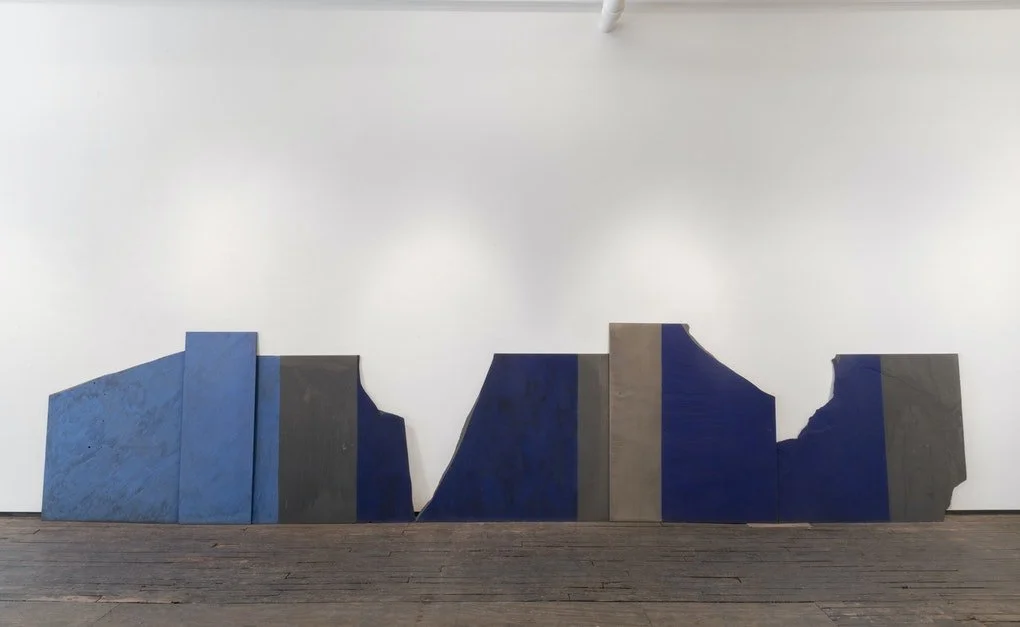Merrill Wagner
Photograph source
From David Zwirner
Since the 1960s, American artist Merrill Wagner (b. 1935) has created a distinctive body of work that is characterized by its expansive approach to abstraction and to painting. In its emphasis on the materiality and mutability of paint, her inventive work elides the categories of painting, relief, sculpture, and installation. Emerging at a time when minimalism and post-minimalism had superseded abstract expressionism as the dominant aesthetic idioms, Wagner both eschewed and embraced their primary concerns, creating rigorous, hard-edged abstract compositions that subtly referenced landscape. By the mid-1970s, influenced in part by Eva Hesse’s unconventional approach to materials, Wagner abandoned canvas and looked to nontraditional supports such as slate, steel, and stone as surfaces for color. These surfaces interested Wagner not only because of their textural appearance, but also because of their allusions to the natural world, resonant with her upbringing in the Pacific Northwest, and their inherent connection to process and chance. By integrating the support within the compositional logic of her works, ordering and joining fragments by adding exquisitely considered painted elements, at first in geometric formations and later in colorful, allover compositions, Wagner poetically mediates between the natural and the constructed. Extending her interest in process and the transformational effects of time, Wagner has also created a number of outdoor, site-specific interventions on unassuming locations, such as fences and rock outcroppings, left unprotected from the elements to fade over time.
Merrill Wagner, Gorges, 1986. Casein, oil, acrylic, ultramarine, onslate blackboard fragments, 50 x 240 inches.


